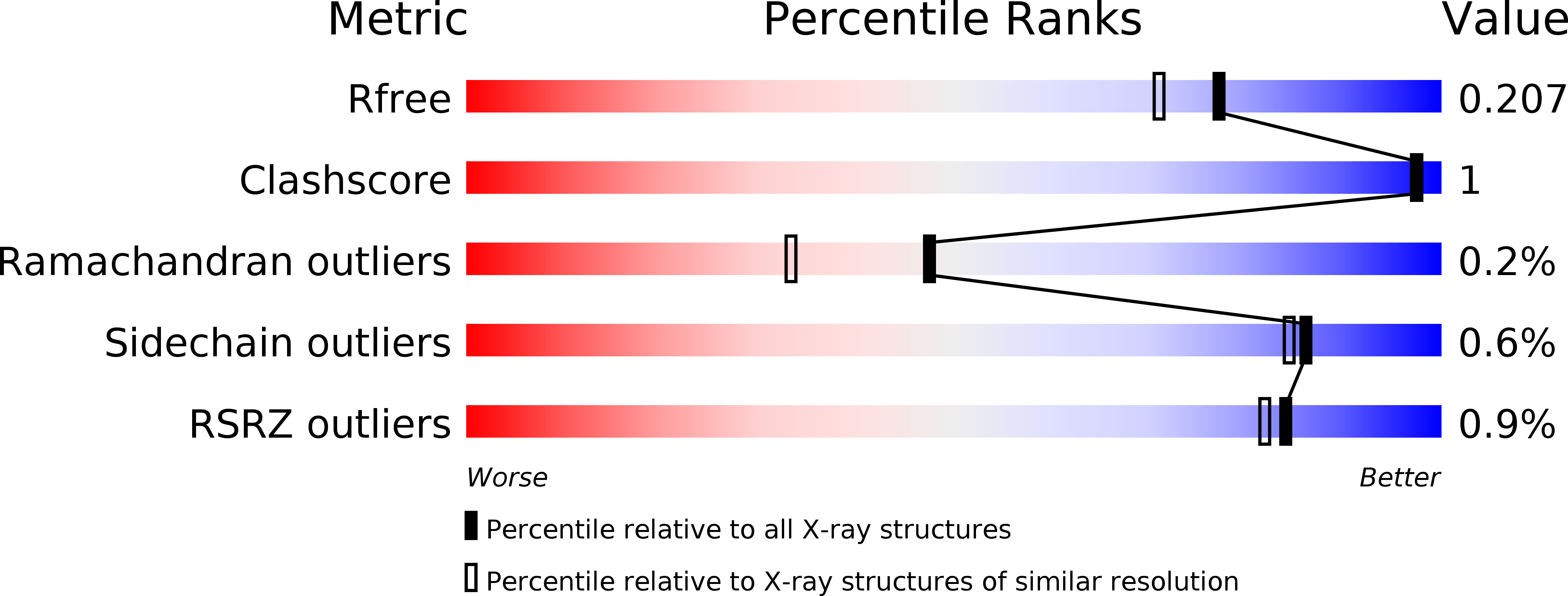
Deposition Date
2016-10-07
Release Date
2017-02-08
Last Version Date
2023-10-04
Entry Detail
PDB ID:
5TKR
Keywords:
Title:
Crystal structure of a Lipomyces starkeyi levoglucosan kinase G359R mutant
Biological Source:
Source Organism:
Lipomyces starkeyi (Taxon ID: 29829)
Host Organism:
Method Details:
Experimental Method:
Resolution:
1.80 Å
R-Value Free:
0.20
R-Value Work:
0.17
R-Value Observed:
0.17
Space Group:
P 41 21 2


